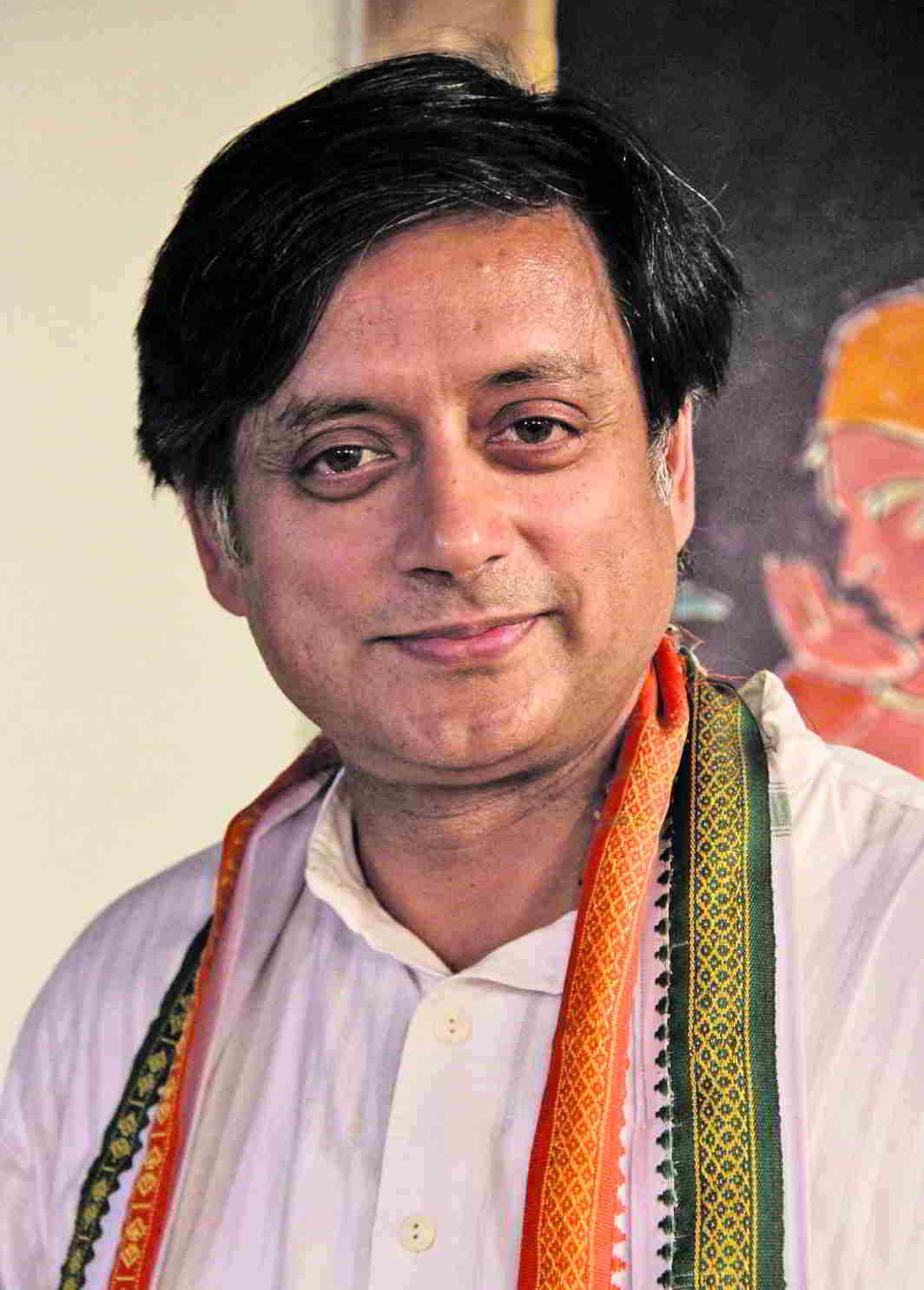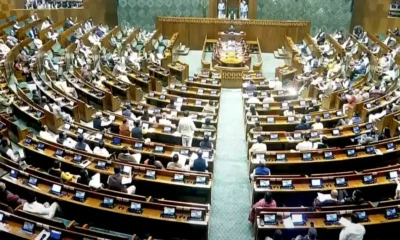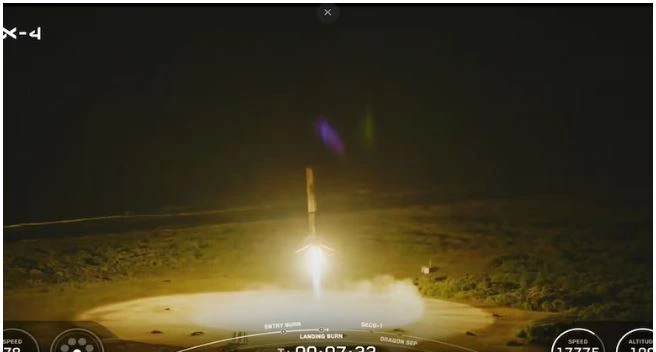Latest Science News
Tasar silk is better for manufacturing biomaterials: Study

Latest Science News
Astronaut Shubhanshu Shukla to meet PM Modi after return from historic space mission
Astronaut Shubhanshu Shukla, who recently returned from the ISS as part of the Axiom-4 mission, will meet PM Modi this evening. Parliament will also hold a special discussion on his historic journey.
India News
Shubhanshu Shukla pens emotional note as he returns to India after space mission
Indian astronaut Shubhanshu Shukla penned an emotional Instagram post as he returned to India after his 18-day ISS mission, marking a milestone in India’s space journey.
Latest Science News
Shubhanshu Shukla becomes second Indian in space, lifts off for ISS aboard Axiom-4 mission
Group Captain Shubhanshu Shukla becomes the second Indian astronaut to travel to space after four decades, aboard the Axiom-4 mission to the International Space Station.
-

 India News9 hours ago
India News9 hours agoRahul Gandhi attacks G RAM G bill, says move against villages and states
-

 India News9 hours ago
India News9 hours agoRenaming MGNREGA removes core spirit of rural employment law, says Shashi Tharoor
-

 India News11 hours ago
India News11 hours agoG RAM G bill replacing MGNREGA passes Parliament amid opposition walkout and protests
-

 Latest world news3 hours ago
Latest world news3 hours agoHindu man lynched and set on fire in Bangladesh during anti-India protests
-

 Latest world news12 hours ago
Latest world news12 hours agoBangladesh rocked by violent protests after student leader Sharif Osman Hadi’s death, anti-India slogans raised
-

 Entertainment3 hours ago
Entertainment3 hours agoBharti Singh, Haarsh Limbachiyaa welcome second child after she’s rushed to hospital mid-shoot
-

 Cricket news2 hours ago
Cricket news2 hours agoIndia vs South Africa 5th T20I: Samson shines with 37 as India push on after Gill injury
-

 Entertainment2 hours ago
Entertainment2 hours agoOTT and theatrical releases this week: new films and series to watch from December 19 to 26












